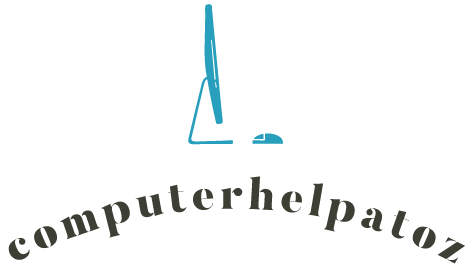Unmasking Data Leaks: Recognizing When Your Personal Information is Compromised

In today’s digital age, data breaches and leaks are becoming ever more common. With cybercriminals constantly on the prowl, securing your personal information is of utmost importance. How can you tell if your personal data has been leaked? This article will provide insight into recognizing the signs of a data leak and suggest ways to safeguard your information from potential threats.
Recognizing the Signs of a Data Breach
You may not always know immediately when your personal information has been compromised, but certain indications can suggest that your data has been leaked. Here are some signs to watch out for:
- Unexpected Emails or Text Messages: Receiving unsolicited emails or text messages containing questionable content or asking for sensitive information can be an indication that your personal data has been breached. Use an email verification tool to determine the legitimacy of any suspicious emails you receive.
- Suspicious Account Activity: Monitor your financial accounts and other online services for any unexpected charges, activity, or changes in account settings. If you notice anything unusual, investigate further and report it to the respective institution.
- Password Reset Notices: Be cautious if you receive password reset requests without initiating them yourself, as this can imply someone is attempting to gain access to your accounts.
- Data Leak Warnings from Companies: If a company you have an account with issues a data breach notification, take it seriously and follow their recommended actions.
- Information Posted Online: Cybercriminals often publish leaked data online, so keep an eye out for your personal information posted on various platforms and forums.
What to Do If You Suspect a Data Leak
If you believe your personal data has been leaked, it’s crucial not to panic. Here are some steps you should take to mitigate potential damage:
- Perform a Security Check: Start by changing the passwords of all accounts you suspect may be affected, especially financial ones. Implement two-factor authentication when possible for added security.
- Monitor Your Finances: Keep a close watch on your bank statements, credit card bills, and other financial transactions. Set up account alerts and notifications to be informed of any suspicious activity promptly.
- Contact Relevant Institutions: Reach out to your financial institutions or online service providers if you detect potentially compromised accounts, providing details about the suspected breach.
- Report Identity Theft: In the event that your personal data leak leads to identity theft, file a report with your local law enforcement agency and consider placing a fraud alert on your credit reports.
Preventative Measures to Protect Your Personal Information
Taking proactive measures against data leaks is essential. Follow these best practices to mitigate the risk of unwittingly exposing your personal data:
- Create Strong Passwords: Use unique and complex passwords for each of your accounts, incorporating upper and lower-case letters, numbers, and special characters. Avoid using easily guessable information like birthdays or names.
- Use a Password Manager: Managing multiple strong passwords can be challenging, so consider using a reputable password manager to generate and store your login information securely.
- Enable Two-Factor Authentication: Whenever available, activate two-factor authentication on your accounts. This provides an extra layer of security by requiring additional verification for access.
- Keep Software Up-to-Date: Regularly update your computer, mobile devices, and other electronic equipment to ensure you have the latest security patches and software versions.
- Be Wary of Phishing Attempts: Cybercriminals often use phishing emails or messages to gain access to personal information. Be cautious when opening email attachments, and never provide sensitive data without verifying the request’s legitimacy.
Educate Yourself about Data Leaks and Breaches
Arm yourself with knowledge and stay informed about the latest cyber threats, scams, and data breaches. Here are some resources to help you understand the world of cyber security:
- Cyber Security Blogs: Follow reputable blogs that focus on cyber security, offering news, tips, and resources to protect your information.
- Data Breach News: Keep up-to-date with the latest data breach incidents reported in the media, learning from others’ experiences and applying preventive measures.
- Social Media: Join communities and follow experts in the field of cyber security on social platforms for timely updates and valuable insights.
- Professional Consultation: If you’re unsure how to best protect your personal information, consider consulting a cyber security expert for personalized guidance and recommendations.
Maintaining Vigilance in a Digital World
As technology continues to evolve, so too does the risk of data leaks and breaches. It’s important to be proactive, vigilant, and educated in order to minimize the likelihood of your personal information falling into the wrong hands. Stay ahead of cybercriminals by implementing strong security practices, recognizing signs of a data leak, and taking swift action when needed.
